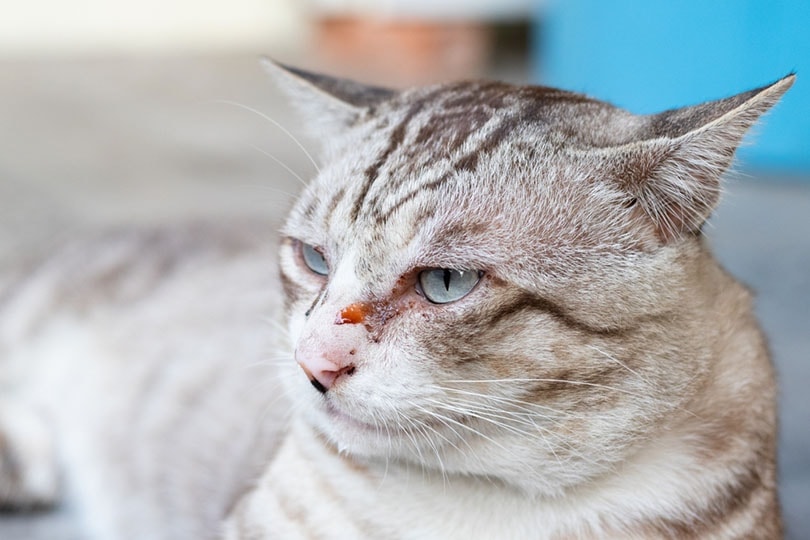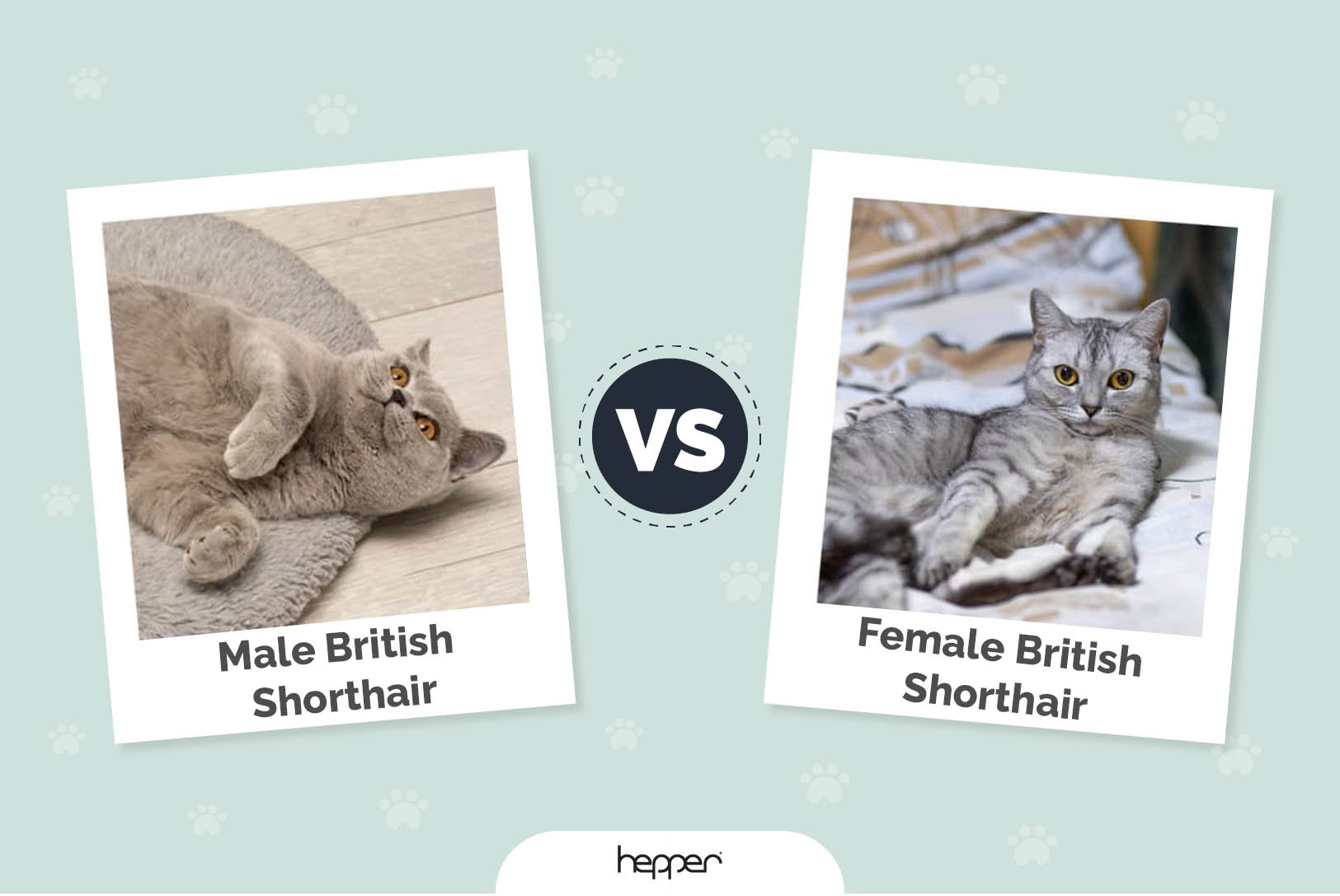How Many Cats Can You Own in New York? 2024 Guide
By Jessica Kim
Updated on
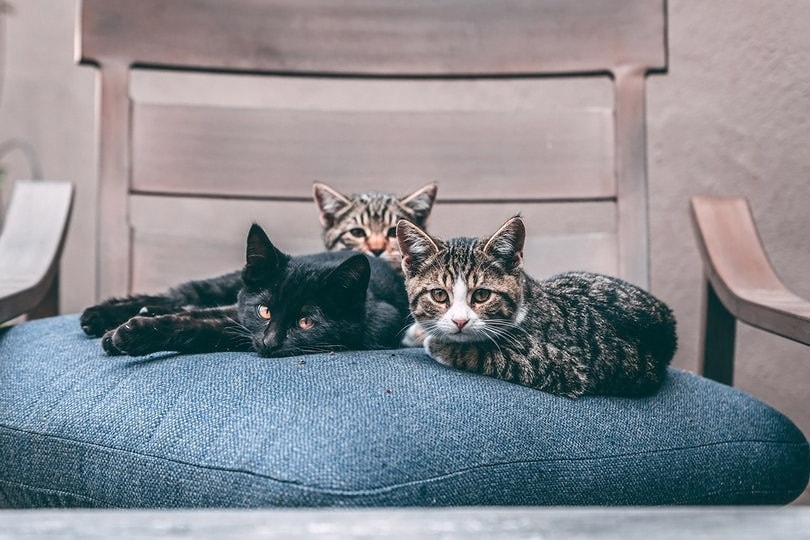
Cats are one of the most popular pets in New York. Many people choose to adopt cats because they tend to be adaptable and easy to litter box train. There are roughly 500,000 pet cats in New York City alone, which is about one cat in every three households.
Currently, there aren’t any state laws in place that restrict cat owners to live with a certain number of cats. So, you could technically live with as many cats as you want without crossing into illegal territory.
However, many cities, towns, and buildings have their own codes that put limitations on cat ownership in New York. Here are some things to keep in mind before you consider bringing another cat into your home.
Cat Owner Limitations in New York
Although New York State law doesn’t list any limitations on how many cats a person can own, different municipalities can place their own restrictions.
For example, the City of Rochester specifically limits the number of pets over the age of 6 months to nine pets per household. Meanwhile, New York City doesn’t place any limits on the number of pets in a home, but there are other parameters that may prevent you from living with too many cats. There are animal cruelty, abuse, and neglect policies that protect cats from living in homes that can’t adequately provide food and sanitary living conditions.
Even if some municipalities don’t have specific laws for the number of cats you can have as pets, many individual buildings and homes can have their own pet rules. For example, many apartment leasing agreements contain a pet clause that restricts the number of pets to two per unit. Homeowner associations and condominium associations can also include pet limitations in their rules and regulations.
Therefore, if you want to know how many cats you can live with in New York, start by checking a municipality’s pet legislation. Then, look into a building’s leasing agreement or homeowner association’s rules.
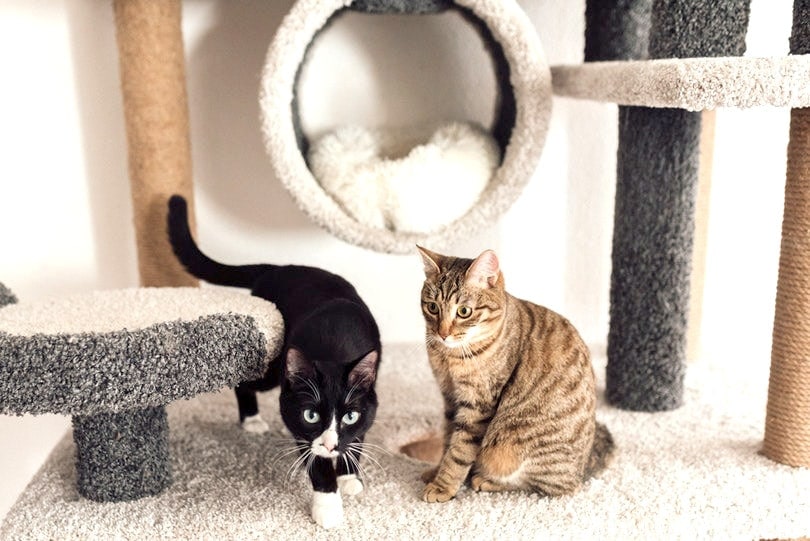
How Many Cats Can You Have in a Household?
Even without state restrictions, cat owners should place their own limits on the number of cats they bring home. In general, veterinarians recommend no more than six cats per household.
Too many cats can lead to numerous problems. It’s important to remember that cats tend to be solitary and territorial animals. You’ll most likely see cats displaying territorial behaviors when too many cats are in a house.
Territorial Behaviors
Territorial cats can engage in increased urine marking and scratching furniture. They can also display aggressive behaviors, such as hissing, swatting, and growling. If the situation gets bad enough, cats can attack each other by clawing and biting. This aggression isn’t directed specifically to cats. Cats can also show aggression towards their owners and other family members.
Cats can also become overly possessive over food, so one or two cats may hoard food and prevent other cats from eating. This behavior can lead to overweight and obese cats, while other cats become malnourished and develop diseases and illnesses.
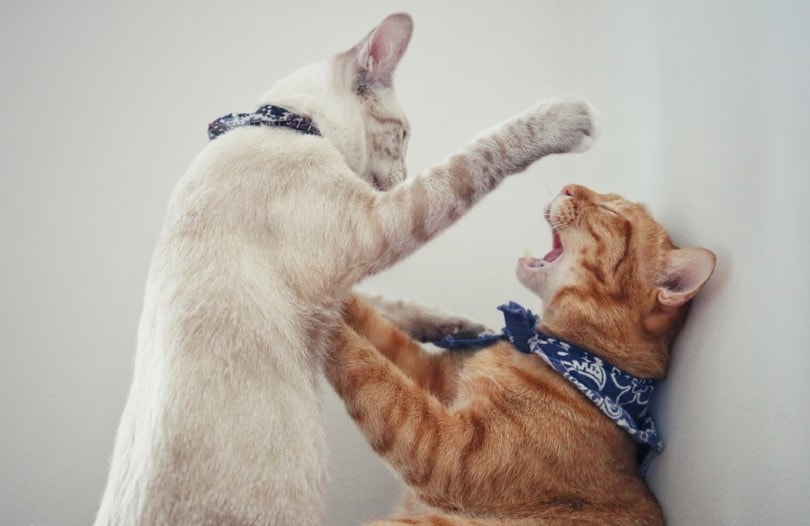
Health Risks
Along with unhappy cats, a crowded home can lead to unsanitary conditions. On top of the extremely unpleasant ammonia odor, cat urine and feces can pose a health risk for humans. The most common infection that humans can contract from cat waste is toxoplasmosis. Toxoplasmosis occurs when a person becomes infected by toxoplasma gondii, which is a parasite found in cat feces.
Although a healthy human without compromised immune symptoms usually experiences mild flu-like symptoms, pregnant people can face severe consequences from contracting this parasite. Newly infected pregnant people can pass the infection to the unborn child, which can even lead to fatal consequences.
Another parasite passed through pet waste is cryptosporidium. People with cryptosporidiosis commonly have watery diarrhea, but they can also experience the following symptoms:
- Stomach pain
- Dehydration
- Nausea
- Vomiting
- Fever
- Weight loss
Suspected Animal Hoarding
There are some unfortunate cases where people may engage in animal hoarding. Animal hoarding is when many animals are kept in unlivable conditions. Although the reasons for hoarding vary from case to case, there are undeniably severe consequences for cats living in hoarding situations.
If you see a home with too many cats and suspect animal hoarding in New York, you can contact the New York State Attorney Genera’s Animal Protection Initiative’s helpline.
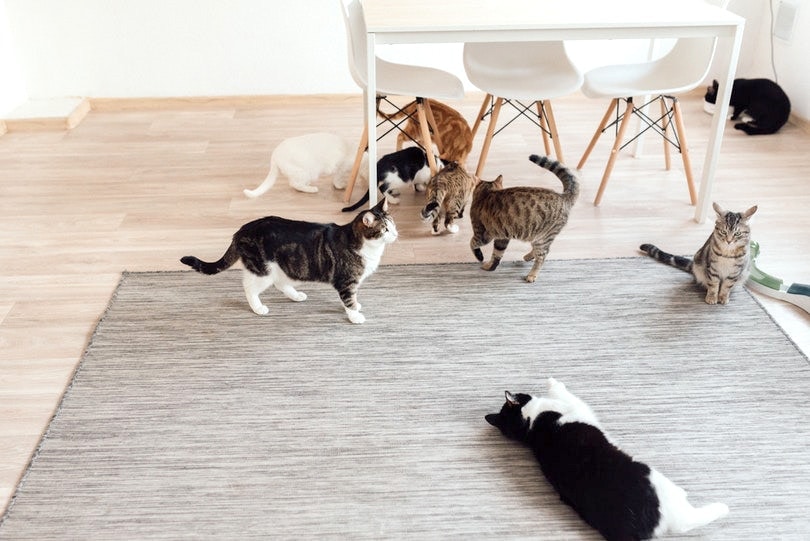
Conclusion
Although New York doesn’t have specific limitations on the number of cats you can own, responsible cat owners will place their own limitations on how many pet cats they have. Too many cats will lead to behaviors that can cause a lot of stress to the whole household.
Although it’s hard to resist adopting an adorable kitten, it’s important to provide the best living conditions for the cats you currently own. Along with following a municipality’s pet regulations, make sure that you can adequately care for all your cats before committing to bringing home another one.
You might also be interested in:
Featured Image Credit: Toni Tan, Pexels


